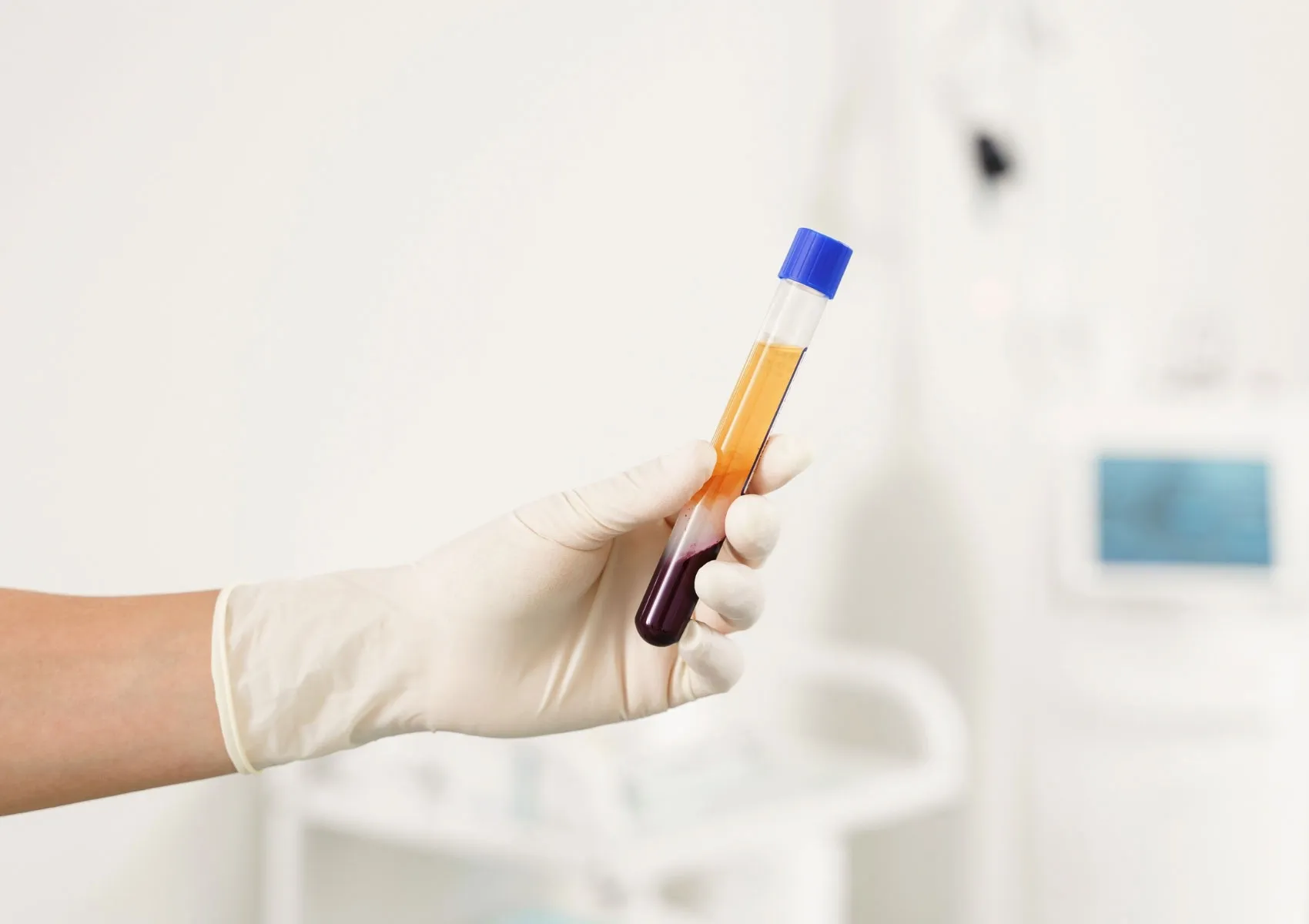What Is PRP Therapy? In Which Conditions Is It Used?
General Overview of PRP Therapy
Platelet-Rich Plasma (PRP) therapy is a regenerative treatment that involves injecting a concentration of the patient's own platelets into injured tissues to accelerate healing. These platelets, rich in growth factors, stimulate natural tissue repair and reduce inflammation. Over the past decade, PRP has become a widely used, safe, and effective method in orthopedics and sports medicine for managing musculoskeletal injuries without surgery.
PRP is especially beneficial in treating chronic conditions where the body’s natural healing is slow or insufficient.
How Is PRP Applied?
PRP treatment consists of three main steps:
- Blood Collection: A small amount of blood (10–30 ml) is drawn from the patient.
- Centrifugation: The blood is spun in a special machine to separate platelet-rich plasma from other components.
- Injection: The PRP solution is injected directly into the affected area (joint, tendon, muscle, etc.). In some cases, ultrasound guidance is used.
The procedure takes approximately 20–30 minutes and typically does not require anesthesia. Mild pain or swelling may occur after the injection but usually resolves quickly.
In Which Conditions Is PRP Used?
1. Knee Osteoarthritis
Especially effective in early stages, PRP helps reduce pain and maintain cartilage health in knee joints. Many patients experience improved mobility and reduced stiffness.
2. Hip Joint Disorders
Conditions such as femoroacetabular impingement (FAI), labral tears, and early osteoarthritis benefit from PRP as a supportive treatment.
3. Meniscal and Cartilage Injuries
Used in conservative treatment plans or post-surgery to protect cartilage and promote healing.
4. Tendinitis and Tendon Injuries
PRP speeds up healing in cases like Achilles tendinitis, tennis elbow, or rotator cuff tendinitis.
5. Muscle Tears
PRP is popular among athletes for reducing recovery time and lowering the risk of recurrence in muscle injuries.
6. Shoulder Injuries
Effective in treating rotator cuff damage, reducing pain, and supporting tendon repair.
7. Postoperative Recovery
After surgeries such as meniscus repair or ligament reconstruction, PRP may enhance the healing response and tissue regeneration.
Advantages of PRP Therapy
- Autologous (derived from the patient's own blood), thus biocompatible
- Minimally invasive, non-surgical approach
- Minimal side effects or complications
- Quick outpatient procedure
- No need for hospitalization or anesthesia
- Stimulates cell regeneration and healing
Who Should Not Receive PRP Therapy?
- Patients with active infections
- Individuals undergoing cancer treatment
- Those with bleeding or clotting disorders
- Pregnant or breastfeeding women
- Patients with advanced osteoarthritis (fully collapsed joint space)
Aftercare Following PRP Treatment
- Avoid strenuous physical activity for at least 24 hours
- Cold compresses can be applied for discomfort
- NSAIDs (non-steroidal anti-inflammatory drugs) are generally not recommended
- Follow-up with physiotherapy if advised by the physician
- Initial effects may appear within 1–2 weeks, full results usually take 4–6 weeks
FAQ
-
Is PRP therapy painful?
Most patients tolerate it well. Mild discomfort or burning may be felt during or after the injection.
-
How many sessions of PRP are needed?
It varies by condition. Typically, 1–3 sessions are sufficient. Some cases may require repeat treatments.
-
Is PRP a permanent solution?
It can provide long-term relief, especially in early-stage conditions, but may not be effective in severe joint degeneration.
-
When will I feel the effects of PRP?
Initial improvements are often felt within 1–2 weeks. Full results usually develop within a month.
-
Is PRP natural or does it contain medication?
PRP is 100% natural and derived from your own blood—no medications are added.

